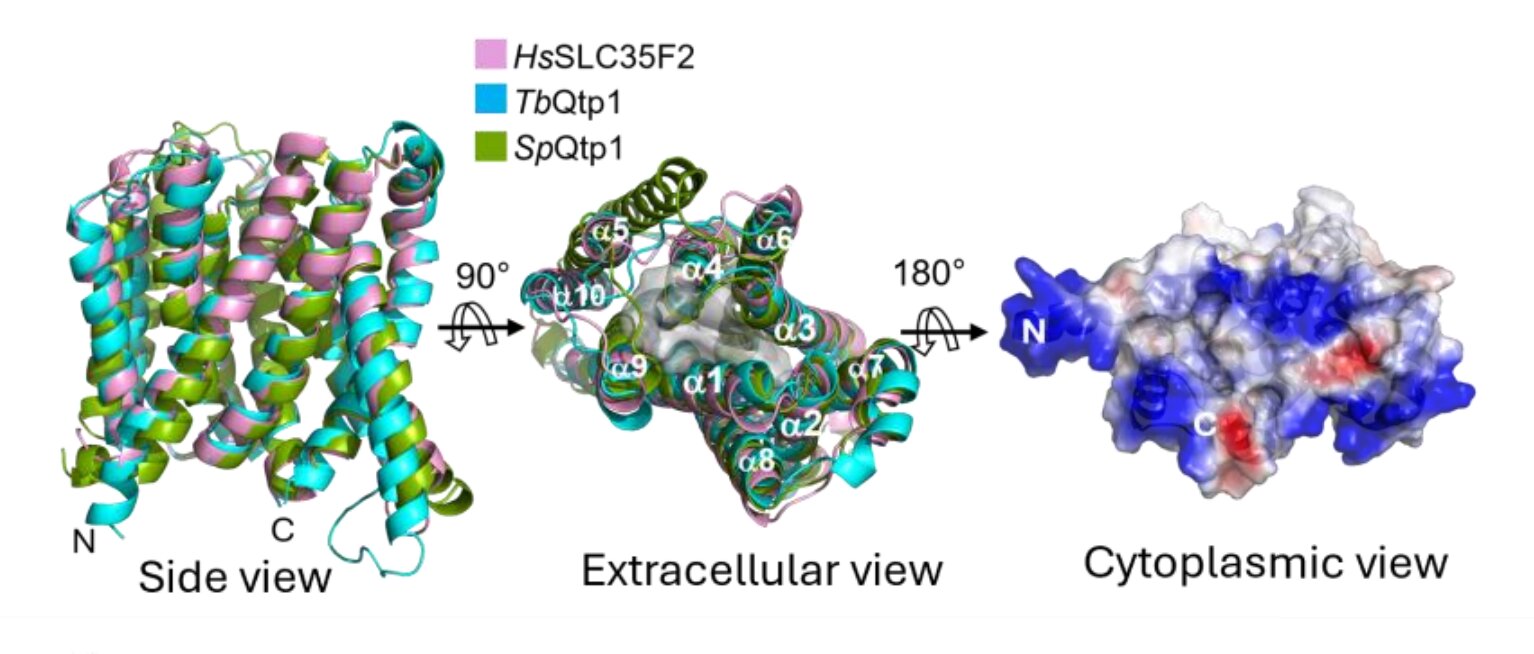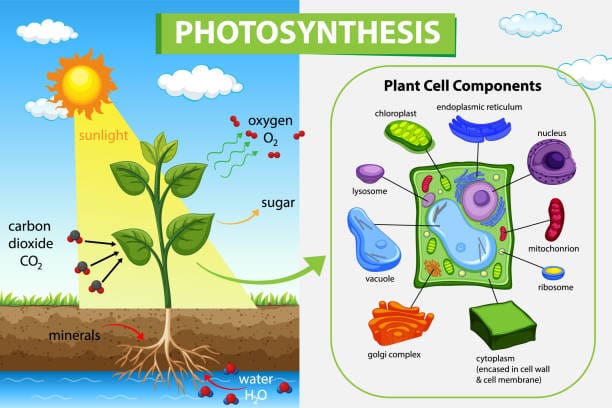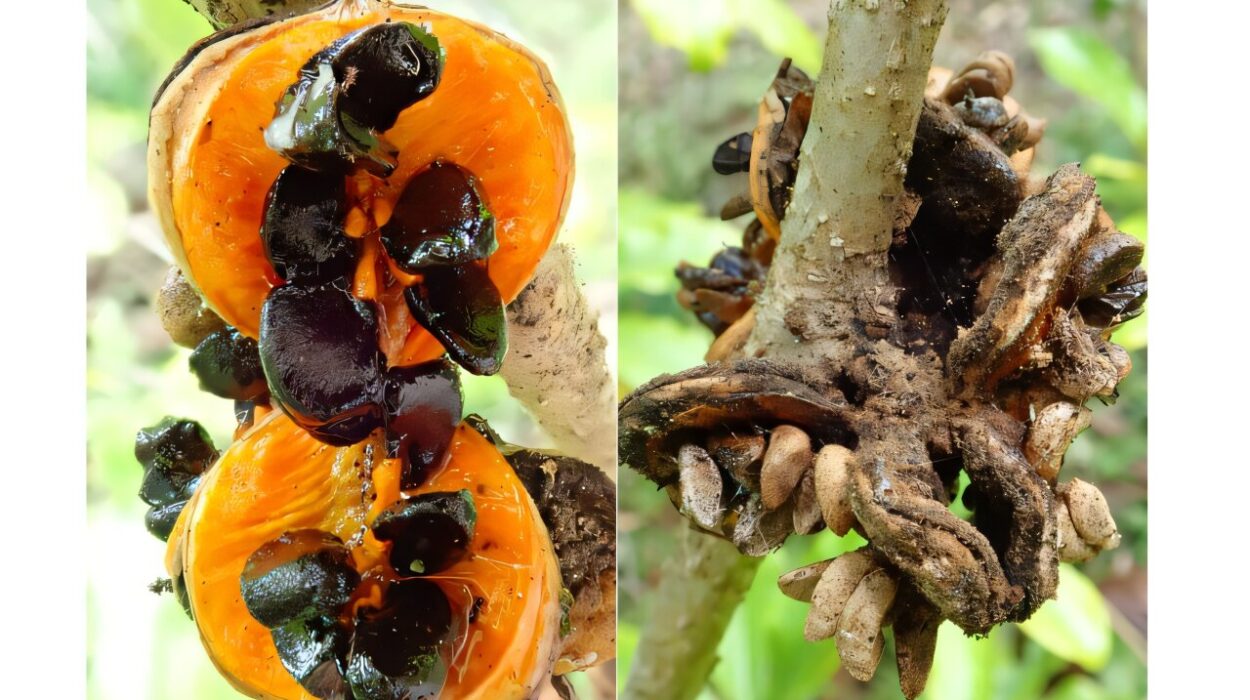In the microscopic world of the human body, there are still secrets waiting to be uncovered—some hidden not in plain sight, but within the very building blocks of life. This week, a landmark discovery has pulled back the curtain on one of those secrets.
An international team of scientists, led by researchers from Trinity College Dublin and the University of Florida, has identified the gene responsible for transporting queuosine, a mysterious, vitamin-like micronutrient, into human cells. The finding, published in the Proceedings of the National Academy of Sciences, marks a major breakthrough in understanding how this elusive compound operates—and why it may be crucial to our health.
For nearly half a century, queuosine has remained something of a scientific ghost. Discovered in the 1970s, it was known to play a role in the body’s fundamental processes, including brain function, metabolism, and potentially even cancer prevention. Yet no one could figure out how human cells were able to absorb it—until now.
A Long-Hidden Key to Life
Imagine a tiny molecular courier, delivering microscopic instructions that help your body interpret the code of life. That’s queuosine. It doesn’t get much attention, but this odd little compound has quietly shaped human biology for millennia.
Queuosine works as a modification of transfer RNA (tRNA), which helps translate genetic information into proteins—the essential building blocks of the body. Without it, the process of decoding DNA into action can falter. But here’s the twist: humans can’t produce queuosine on their own. Instead, we borrow it from the food we eat and the bacteria in our gut.
And for decades, no one knew how our cells were actually getting it.
“For over 30 years, scientists have suspected that there had to be a transporter for this nutrient, but no one could find it,” said Professor Valérie de Crécy-Lagard, a microbiologist at the University of Florida and one of the study’s principal investigators. “We’ve been hunting for it for a long time.”
That hunt is now over.
Enter the Gatekeeper: SLC35F2
The newly identified gene, known as SLC35F2, acts as a molecular gatekeeper. It’s the first known human transporter for queuosine, effectively functioning like a key that lets the molecule pass from the outside world into our cells.
According to the researchers, SLC35F2 is incredibly ancient. It’s not just found in humans—it’s conserved across a wide range of organisms, from single-celled lifeforms to complex mammals. That evolutionary staying power is a telltale sign: this gene matters.
Vincent Kelly, senior author of the study and a professor in Trinity’s School of Biochemistry and Immunology, explained why this gene is such a big deal.
“We have known for a long time that queuosine influences critical processes like brain health, metabolic regulation, cancer, and even responses to stress,” he said. “But until now we haven’t known how it is salvaged from the gut and distributed to the billions of human cells that take it in.”
Now, with SLC35F2 revealed, scientists finally have the missing piece of the puzzle. It’s a breakthrough that could spark new fields of research—and even new therapies.
What This Means for Your Brain, Your Genes, and Your Future
The discovery of SLC35F2 does more than solve a long-standing scientific mystery. It also shines a spotlight on the often-overlooked role of micronutrients and the gut microbiome in shaping how our genes are expressed.
“This is like a nutrient that fine-tunes how your body reads your genes,” said Prof. de Crécy-Lagard. “The idea that this small compound, which people have barely heard of, plays such an important role, is fascinating.”
Early research already hints at queuosine’s far-reaching effects. Animal studies have linked deficiencies in queuosine to impaired cognitive function, abnormal metabolic patterns, and increased susceptibility to certain cancers. Now that scientists know how queuosine enters the cell, they can begin testing therapies that might enhance or mimic its action.
Crucially, the transporter gene SLC35F2 is already known in other scientific contexts. It’s been studied in relation to how cancer drugs and viruses get into human cells—but until now, researchers didn’t know what it actually did in a healthy body.
That knowledge gap has now closed, opening new doors.
Diet, Microbes, and the Fine Art of Genetic Translation
Another powerful aspect of this discovery lies in what it tells us about the relationship between our bodies, our diet, and our microbial companions.
We often think of nutrition as a simple matter of calories and vitamins. But queuosine reveals a much subtler truth. This compound, made by gut bacteria and absorbed through food, can shape how accurately our cells interpret the genetic code.
And now, with SLC35F2 identified, scientists can better understand how this nutrient flows from the outside world, through the maze of digestion, and finally into the nucleus of a human cell—where the deepest processes of life unfold.
“This study not only paves the way for detailed analysis of potential new therapeutic strategies,” said Prof. Kelly, “but also provides fresh insight into how what we eat—and the microbes we live with—can influence our fundamental biology.”
It’s a potent reminder that the food on your plate and the bacteria in your belly are not passive players. They may be actively scripting how your body functions, heals, and even thinks.
What Comes Next?
This is just the beginning. With queuosine transport finally demystified, researchers are already envisioning future studies to explore how queuosine levels impact brain health, cancer risk, and genetic expression. There’s potential for new medications that enhance queuosine uptake, or for dietary approaches that boost queuosine availability through targeted microbiome support.
It’s an exciting time for molecular biology—a moment when an obscure molecule from the 1970s suddenly becomes a key player in the story of human health.
And it’s a powerful example of the importance of curiosity-driven science. For decades, scientists asked a simple question: How does this molecule get into our cells? Now that we have the answer, a cascade of new questions—and possibilities—has begun.
Because sometimes, the most revolutionary ideas don’t come with fanfare. They come molecule by molecule, gene by gene, until the hidden mechanisms of life begin to reveal themselves.
And queuosine, once a forgotten micronutrient, is now a star in one of biology’s most promising new chapters.
Reference: Lyubomyr Burtnyak et al, The oncogene SLC35F2 is a high-specificity transporter for the micronutrients queuine and queuosine, Proceedings of the National Academy of Sciences (2025). DOI: 10.1073/pnas.2425364122






